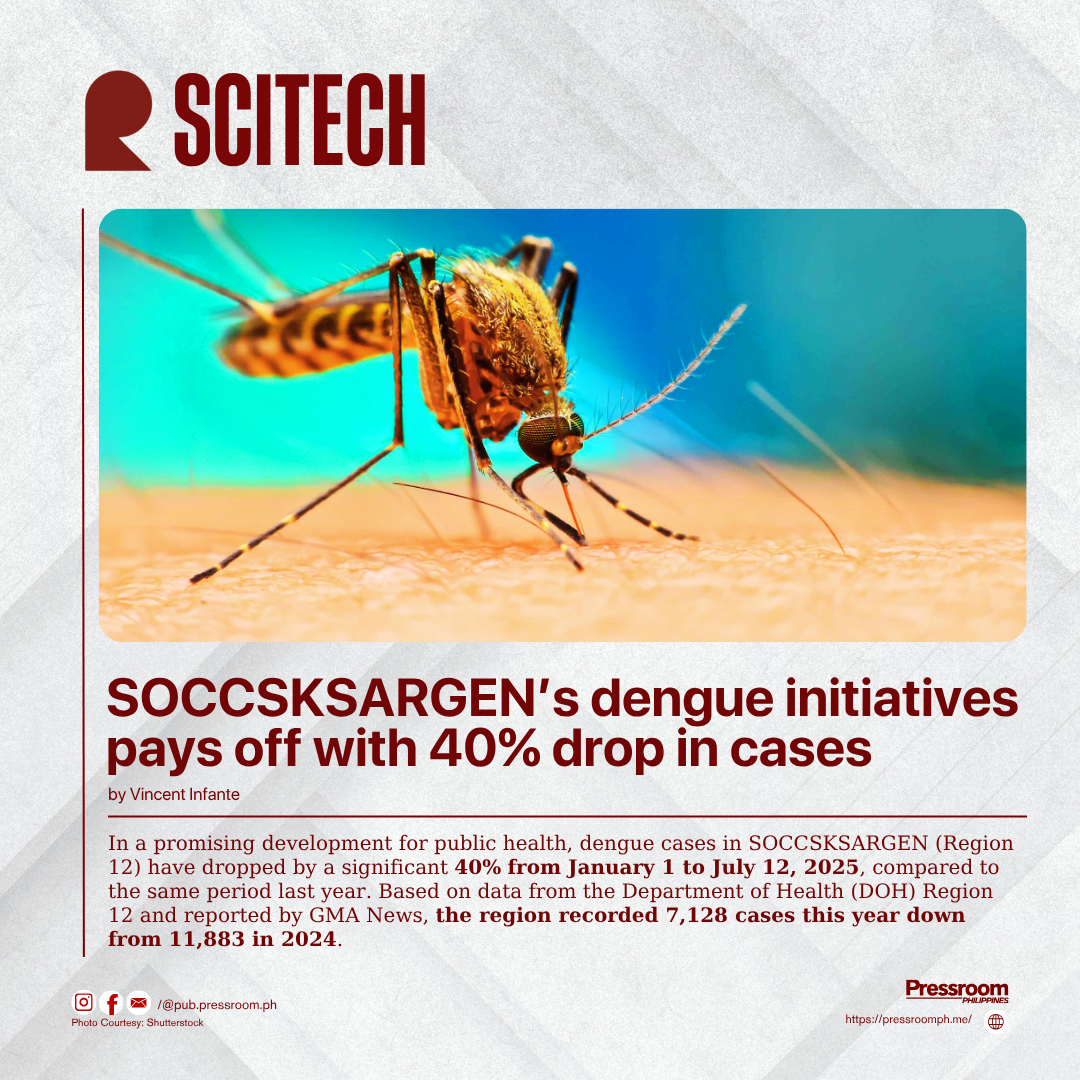One sneeze, one cough can launch approximately 100,000 germs combined into the air—enough to start a microscopic war inside you.
You touch your face without thinking. You eat without washing your hands clean. You sit near someone who coughs once—and just like that, you get infected. These are the moments when tiny invaders named pathogens, entered the defense area and started to multiply. They’re so small you need a microscope to see them, yet they’ve shaped the history of humans more than any discoveries ever met. Every cough, bite, or just even a sip of water might carry a little devil, ready to take your body down—and you wouldn’t even know until it’s too late.
How Germs Break In
Germs can get inside our body through the air, food, water, cuts, or contact. In a case report from JPTM or Journal of Pathology and Translational Medication, a 34-year-old Korean man thought he was just having diarrhea and other related symptoms, but ended up battling a soldier named Giardia lamblia, a parasite that is known for causing days of stomach pain. That’s how sneaky pathogens can be. Bacteria such as Salmonella can release toxins in your gut. Viruses are known for hijacking your cells and turning them into virus-making factories. Fungi might even start to grow on your skin or lungs, while parasites steal your nutrients and energy from the inside. Even though each pathogen has a different kind of strategy, they share one common goal: to survive, spread, and stay hidden as long as they can.
Spread Happens Silently
Germs move fast, could even finish a 10km run in less than an hour—and they often do it quietly. You might feel fine and still pass a virus to someone else. That’s how outbreaks are created under the radar. A single cough in a crowded room can float in the air for hours. Some bacteria stay alive on surfaces for days. Others hide in undercooked food or dirty water. Then, mosquitoes, the tiny flying doctor of diseases, carry deadly parasites like Plasmodium, which causes malaria. What makes it disturbing? Some people, named carriers, show no symptoms at all but unknowingly infect others. Once, a case study created by the National Library of Medicine, that a 55-year old woman who went on a vacation in Ghana and went back to Florida with a case of Malaria. With this scenario, we could really say that germs are silent killers.
Prevention starts with YOU
Let’s set aside all of the bad news and let’s talk about the good news. Most infections could be stopped even before they rapidly grow. Vaccines are like practice drills for your immune system—they shove a germ inside you, but don’t be scared. These kinds of germs being shoved inside you are what we call ‘good germs,’ they’re known to fight infections for you. Handwashing with anti-bacterial soap is simple yet powerful, killing most germs you’ve picked up, or in advertisements—99.9% of germs. Clean water and food, covering face when in need to sneeze or cough, and using mosquito repellents are also great practices for self-defense against little devils. Every time you do these, you’re not just protecting yourself—you’re protecting everyone too.
Treatment, a Timed Fight
If germs do happen to get inside your body, treatment becomes a race. Bacterial infections can often be stopped with antibiotics, yet overusing this drug makes bacteria even more tougher—a problem known as ‘antibiotic resistance.’ That’s when the bacteria inside you learn to fight back against the medicine. Viruses are thicker; they live inside your cells, so antivirals exist—medications that try to block their ability to spread. Fungal and parasite infections need different kinds of drugs. Sometimes, the best thing you can do is rest, rehydrate, and let your immune system do its job, while doctors manage the symptoms. The sooner the treatment, the better the odds of winning the battle.
So next time someone sneezes nearby, think of it as a silent warning. The war inside us begins with just one tiny invader—but we’re not helpless. With knowledge, healthy habits, and science on our side, we have everything we need to stay ahead. The more you understand about how infections work, the smarter your decisions. And in this non-stop microscopic war, smart choices are your biggest and greatest weapon.






